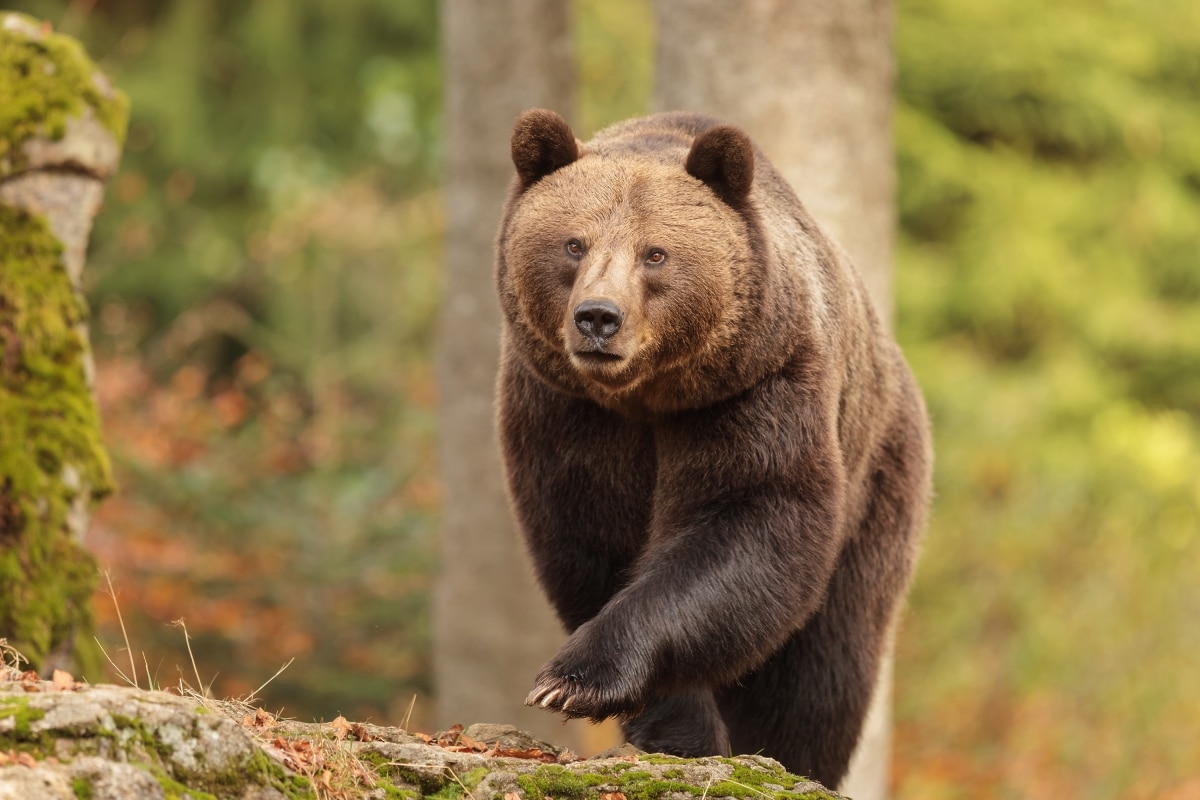The resurgence of brown bears in the Alps has led to increased human-bear conflicts, with instances of bear attacks on humans and livestock. Co-existing with large predators always carries risks, but understanding bear behavior can help prevent conflicts. People living or vacationing in bear-populated areas need to know how to behave to avoid surprising the animals and provoking attacks.
Key Points:
- Brown bears have been reintroduced to the Alps via the Life Ursus project and have grown from 10 to around 100 in Trentino, Italy. Some have even migrated into Austria, Germany, and Switzerland.
- This increase in bear population has led to conflicts with humans, including seven bear attacks on humans in Trentino and damage to livestock and beehives.
- Most bear attacks are defensive, typically caused by surprising the bear. Making one’s presence known, like speaking out loud or clapping hands, can prevent surprising the bear and reduce the chance of an attack.
- Certain activities like running, mountain biking, and mushroom picking in the early morning hours or in dense undergrowth can increase the risk of bear encounters.
- When encountering a bear, it’s advised to group together, reverse direction, and move away. In regions where its legal, using anti-bear pepper spray has proven to be effective in 98% of close encounters between humans and bears.






